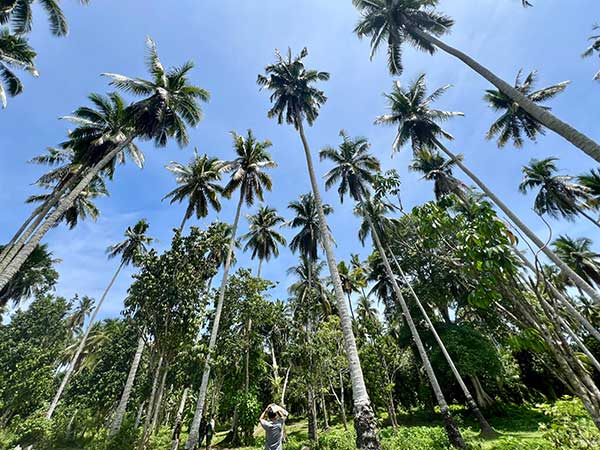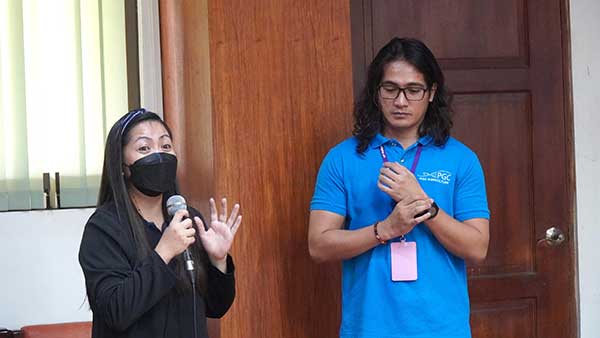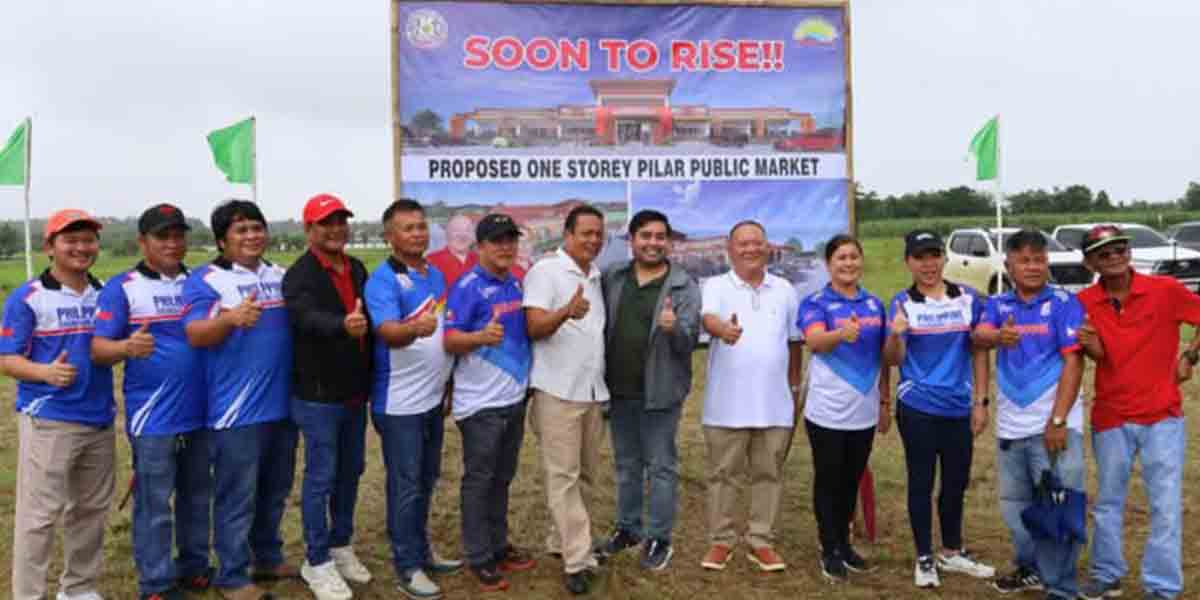
Researchers are identifying promising coconut populations in the Philippines to develop superior hybrids with enhanced yields and quality for various applications.
The University of the Philippines Los Baños (UPLB) is leading the initiative under the program, “Identification of Promising Philippine Coconut Populations for Hybrid Production using Next-Generation Tools and Technologies.”
Program leader Mary Ann M. Abustan and her team are identifying genetically diverse and elite coconut parent lines.
The program is funded under the Coconut Hybridization Program (CHP) Research of the Coconut Farmers and Industry Development Plan (CFIDP) through the Department of Science and Technology-Philippine Council for Agriculture, Aquatic and Natural Resources Research and Development (DOST-PCAARRD).
Abustan said her team is examining the physical traits (agro-morphological), nutritional composition (biochemical), and genetic information (molecular) of coconut populations. This combined approach aims to accelerate the breeding process.

The program’s first component project, led by Abustan, has identified 14 coconut populations from Luzon and Mindanao. These have exhibited moderate to high agro-morphological diversity, making them promising sources of quality planting materials for rehabilitating damaged farms.
An existing pollen processing technique is being adopted for future breeding activities involving selected elite coconut parent lines.
The second component project, spearheaded by Don Emanuel M. Cardona of the Philippine Genome Center-Program for Agriculture, Livestock, Fisheries, and Forestry (PGC-Agriculture), has optimized a protein extraction protocol. This advancement will enable in-depth purification and analysis with applications in nutrition and health sciences.
The project has also begun exploring proteomic profiles of local coconut varieties, with preliminary findings showing significant variability in total nitrogen content—an indicator of protein levels—among different identified farms in Luzon.
The research team noted that bioactive peptides from coconut protein, which offer significant health benefits, remain largely underutilized due to limited studies. Breeding coconuts for higher protein content could open new opportunities in the health and nutrition market.
During a recent project review, Science and Technology (S&T) Consultant Antonio C. Laurena emphasized the potential of using omics in coconut protein research, aligning with PGC’s interest in this field.
Meanwhile, UPLB, under the leadership of Mariecris Rizalyn R. Mendoza, is enhancing its coconut research and development laboratory. This facility, the first pollen processing center in Luzon, will support hybridization efforts for the project and the region.
DOST-PCAARRD expects these initiatives to help increase the income of coconut farmers by introducing hybrid and open-pollinated coconut varieties with enhanced food and health sector value. (Rosemarie A. De Castro, DOST-PCAARRD S&T Media Services)




















